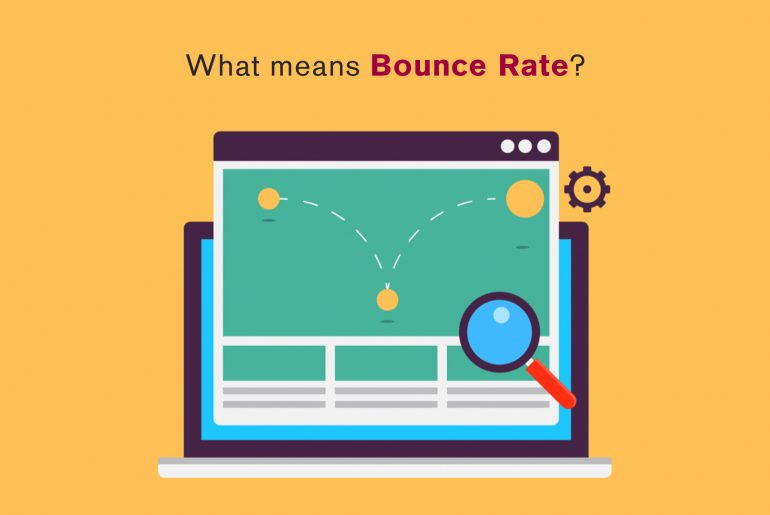A high aggregate bounce rate may indicate a long-term commitment to content marketing, specifically blogging.
Why are bounce rates seen?
Content marketing draws customers at all stages of awareness and purchase intent. Those blog entries do you write to promote your website? People usually leave after reading them.
This isn’t necessarily a reflection of the quality of your website or content, but rather the outcome of attracting lower-intent visitors.
What’s more? It’s fine.
After all, blogging isn’t supposed to generate linear leads and revenue. People visit your website, read a few articles, and when a need arises that coincides with your product or service, guess who could be a potential solution? Yes, you.
If you’re substantially engaging in content marketing, it’s okay if your blog entries and/or website have higher than normal bounce rates.
Let us examine the following:
- Can Bounce Rate Affect SEO?
- How can I track my blog’s bounce rates?
- What is a decent blog bounce rate?
Can SEO Improve Bounce Rate?
This question has two parts.
First, we believe most of you mean Does bounce rates affect my search rankings?
No, in a nutshell. Bounce rates are a standard SEO KPI used to assess the overall health of an SEO campaign, although it has no effect on the search engine ranking of your blog posts. That doesn’t mean it’s not vital to a strong SEO strategy.
In fact, Backlinko’s Brian Dean discovered that pages with lower bounce rates often rank better.
Why? Why do lower bounce rates correlate with higher ranks if they don’t directly affect them?
Bounce rates are a sign of additional issues that can harm your page rankings.
A high bounce rate could mean:
- Page navigation issues.
- Pagination slow
Blog postings aren’t mobile-friendly. No one wants to squeeze and scroll to read your blog.
Invalid content. The date on your byline or the material itself tells people instantly.
Bounce rates are a symptom of any of these factors. Although it may not immediately affect your page ranking, it is often necessary to dive deeper and evaluate certain pages and blog posts to identify larger, underlying issues.
So, here’s our next question:
How Can I Track My Blog Post Bounce Rate?
In Google Analytics, you can track your bounce rate by particular landing pages, blog articles, segments, and referral sources.
If your page titles have no identifiers for blog articles, you can segment your blog posts using Secondary dimensions like Page or URL.
After segmenting your blog entries, select the “Bounce Rate” column to sort the list (so you can see the blog posts with the highest bounce rate and prioritize them accordingly).
What Is a Good Blog Bounce Rate?
According to Clicktale, blogs have a bounce rate of 70–90%, content sites are slightly lower at 40–60%, e-commerce sites are around 33%, and service sites are 10–30%.
Obviously, these ranges might vary by industry, publisher, subject, etc. But these figures back up our earlier claim that blog articles had higher bounce rates than other pages.
Not that you should aim for higher bounce rates. Consider page navigation, page performance, and mobile compatibility while optimizing any page’s bounce rates. These figures simply show that bounce rates of 70–90% on a blog post aren’t necessarily negative.
Again, evaluate the searchers’ aim. Are they looking to buy right now? Not sure? Still, learning about a problem? Organize your blog content into these three categories.— This way, you can tell whether a blog post’s bounce rates are good or terrible.
Is it a problem-solving blog post? The bounce rate will rise.





